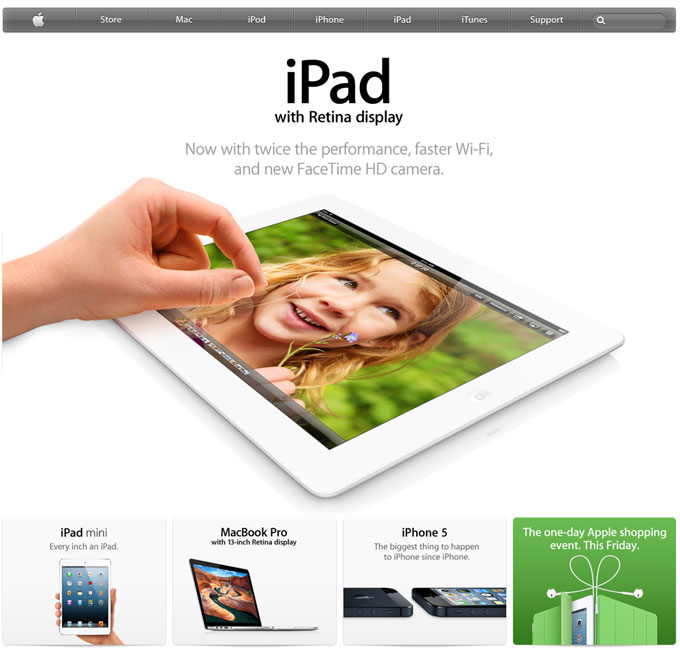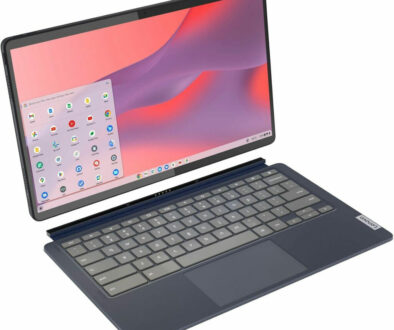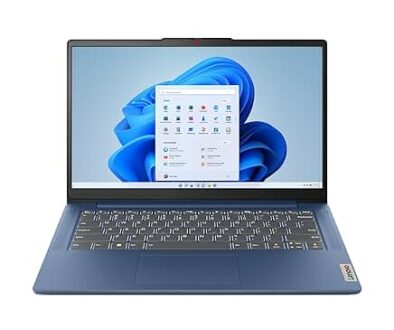What is different between iPad 3 vs iPad 4
What are the differences between the iPad with Retina display (iPad 4) and the new iPad (3), not a lot to a standard user as we will soon find out. Let’s take a look at the key differences between the shortlived iPad 3 (approx. six months on the shelf) and it’s replacement, the iPad 4.
During the launch of the new iPad mini last month on October 26, Apple surprised us with the a fourth generation iPad dubbed the ‘iPad with Retina display’ making the ‘new iPad’, the third generation tablet which was only launched in March this year completely obsolete. Heck, they even removed it from their product portfolio completely and have the iPad with Retina display replace it.
The Key Comparisons
Many buyers and fans who have decided to make the jump or upgrade from the first generation iPad or iPad 2 was not pleased with Apple’s move.
So what are iPad 3 owners missing out after just having their tablet for not more than 6 months? There major differences between the generations as shown below:
Processor
The 4th generation iPad is based on Apple A6 dual core processor running at 1.4GHz while the 3rd generation iPad is based on Apple A5X dual core processor running at 1.0GHz, both spot quad-core graphics engine. Apple claims that the speed of the iPad 4 with the Apple A6 processor is twice as fast as its predecessor with little impact on battery life.
iSight Camera
The 4th generation iPad comes with higher resolution front facing camera, called the iSight Camera. It is a high definition camera at 1.2 million pixels ideal for FaceTime and other Video Chatting Apps and allowing users to take advantage of the Retina Display. Rear facing camera is still at 5MP resolution but with some improvements.
Connectivity
The 4th generation iPad comes with the new 8-pin Lightning connector. The WiFi department has also received an upgrade to a Dual band WiFi operating at both 2.4GHz and 5GHz frequency. While this is great, not many public access routers or home routers for that matter are dual band and unlikely to make a difference when browsing the Internet. The biggest advantage where mobile broadband is concerned is the support for LTE or 4G cellular network, a super fast mobile broadband for those who just needs that extra connection on the move.
Other than the three key areas listed above, almost everything else stays identical including dimensions, weights and price points. The iPad 3 came with iOS 5.1 but can be upgraded to iOS 6.0 which is on the same level as iPad 4 (losing the Google Map and YouTube App). The retina display screen resolution stays at 2048 x 1536, Size, colour, finish, battery life, storage options and weight are largely the same.
For those with iPad3, is it worth the upgrade, the short answer is no. While Apple has decided the pull the iPad3 after only 6 months, it is still a very capable machine and since iPad2 is staying and with the new iPad mini being on par in terms of specification with the iPad 2, this suggest that there is PLENTY of LIFE in your iPad 3.

Author: Samuel J. Tan
To make sure you continue to receive interesting exciting articles at the forefront of learning with technology, remember subscribe to our updates below and follow @ColorMyLearning on Twitter and Like us on Facebook.
You will benefit from a newsletter updates straight to your mailbox from ColourMyLearning on the use of Technology for Teaching and Learning.
Don’t forget to rate the article










